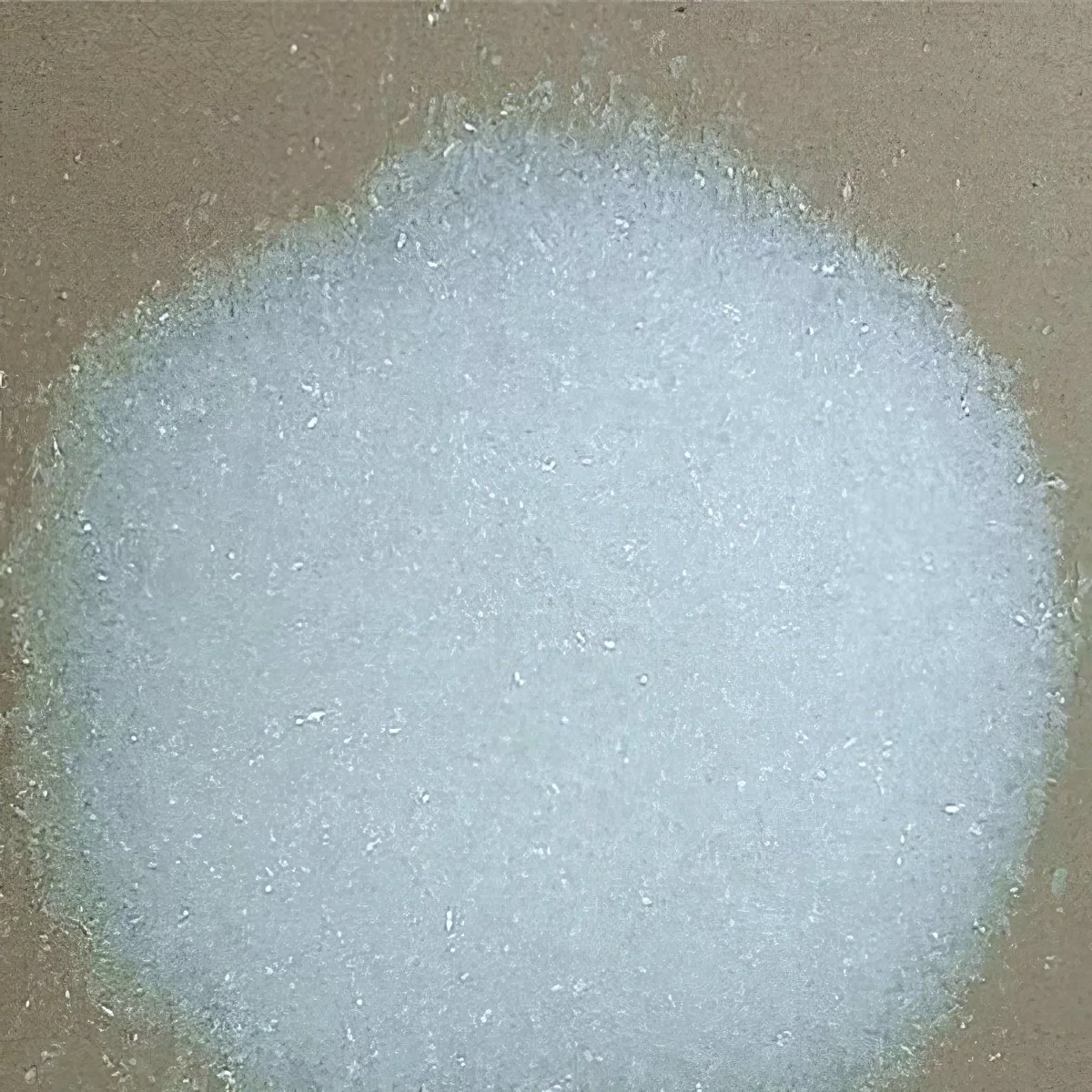



Innovative Polymer Applications in Water Purification and Treatment Technologies
Polymers for Water Treatment Systems Innovations and Applications
Water is a crucial resource for sustaining life, yet its quality is often compromised by various pollutants. The need for effective water treatment systems has never been more critical. Among the various technologies that have emerged, polymers have garnered attention for their versatility and effectiveness in addressing water pollution. This article explores the role of polymers in water treatment systems, highlighting their benefits, applications, and future potential.
Understanding Polymers in Water Treatment
Polymers are large molecules composed of repeating structural units, typically connected by covalent chemical bonds. In the context of water treatment, polymers can be classified into natural and synthetic types. Natural polymers include materials such as chitosan and alginate, while synthetic polymers encompass a range of materials including polyacrylamides and polystyrenes. Both types serve numerous functions in water treatment, including coagulation, flocculation, adsorption, and membrane technology.
Coagulation and Flocculation
One of the primary applications of polymers in water treatment is in the processes of coagulation and flocculation. In these processes, water pollutants, such as suspended solids and colloidal particles, are destabilized and agglomerated into larger particles called flocs. Polymers, particularly cationic polyacrylamides, are added to water to promote this agglomeration. The long chains of these polymers increase the collision frequency between particles, leading to the formation of larger flocs that can be more easily removed from the water through sedimentation or filtration.
The use of polymers can significantly enhance the efficiency of these processes. They can reduce the amount of coagulants needed, leading to lower chemical costs and decreased sludge production. Additionally, polymers can operate effectively across a wide range of pH values and in various environmental conditions, making them adaptable to different treatment scenarios.
Adsorption and Removal of Contaminants
Polymers also play a crucial role in the adsorption of contaminants from water. Certain polymers are designed with specific functional groups that can attract and bind to various pollutants, including heavy metals, dyes, and organic compounds. For example, polystyrene-based adsorbents have shown significant efficacy in removing toxic heavy metals from wastewater. The selectivity and capacity of these polymers can be tailored through chemical modifications, which enhances their effectiveness in treating specific types of water pollution.
polymers for water treatment systems

Moreover, the development of composite materials that combine polymers with other substances, such as nanoparticles, has led to even more effective adsorption agents. These hybrid materials can exploit the unique properties of both constituents, creating enhanced pathways for pollutant capture and removal.
Membrane Technology
In addition to coagulation and adsorption, polymers are integral to membrane filtration technologies, including microfiltration, ultrafiltration, and reverse osmosis. Polymer-based membranes are designed to selectively allow the passage of water while blocking contaminants. Advances in polymer science have led to membranes that exhibit improved permeability and rejection rates. Innovations such as nanofiltration membranes have emerged, which bridge the gap between ultrafiltration and reverse osmosis, providing high efficiency with lower energy requirements.
Future Directions and Challenges
Despite their benefits, the use of polymers in water treatment systems does face several challenges. The environmental impact of polymer waste and the potential for leaching harmful additives into treated water remain concerns that must be addressed. Moreover, the long-term sustainability of certain synthetic polymers needs to be evaluated in the context of global efforts toward reducing plastic pollution.
Research is ongoing to develop biodegradable and environmentally friendly polymers that maintain efficacy while minimizing ecological impacts. Many scientists are exploring bio-based polymers derived from renewable resources, which could serve as sustainable alternatives to traditional materials.
Conclusion
Polymers are revolutionizing water treatment systems through their applications in coagulation, adsorption, and membrane technology. As technological advancements continue to evolve, the development of innovative polymer solutions holds promise for enhancing water quality and sustainability. Addressing the associated environmental challenges will be crucial in ensuring that the benefits of these materials can be realized without compromising ecological integrity. The future of water treatment systems may very well depend on the successful integration of effective, eco-friendly polymer technologies.
-
Why Sodium Persulfate Is Everywhere NowNewsJul.07,2025
-
Why Polyacrylamide Is in High DemandNewsJul.07,2025
-
Understanding Paint Chemicals and Their ApplicationsNewsJul.07,2025
-
Smart Use Of Mining ChemicalsNewsJul.07,2025
-
Practical Uses of Potassium MonopersulfateNewsJul.07,2025
-
Agrochemicals In Real FarmingNewsJul.07,2025
-
Sodium Chlorite Hot UsesNewsJul.01,2025










